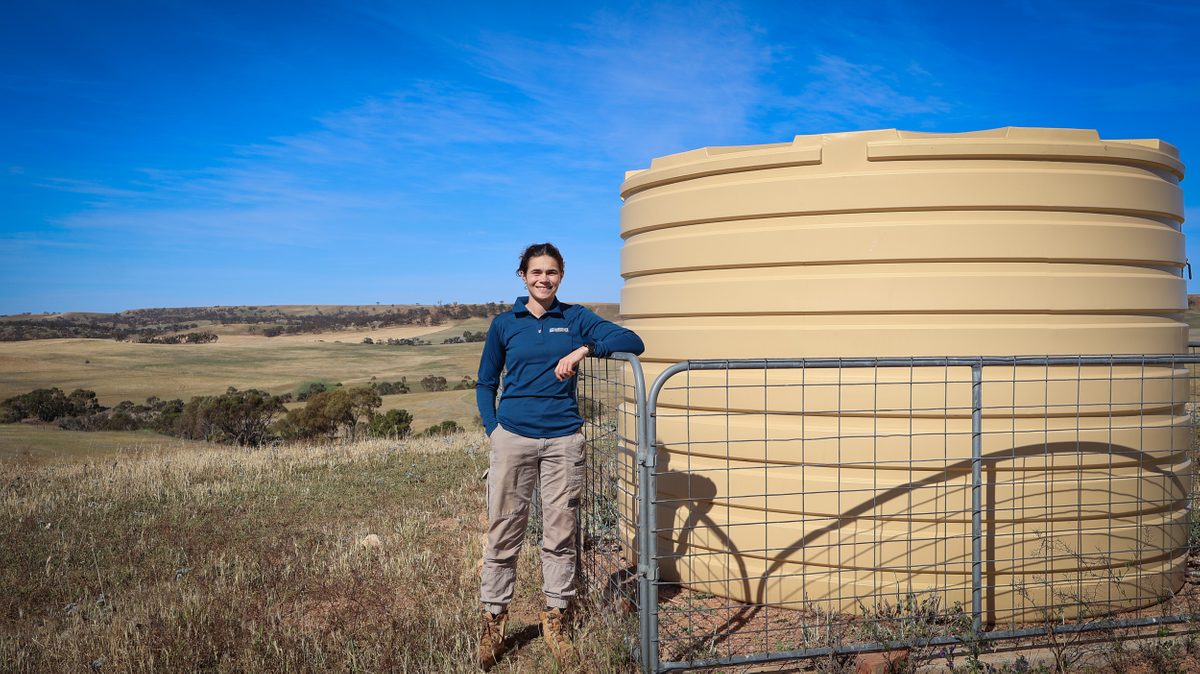Feathertop Rhodes grass not tickling farmers’ fancy
A crop weed that impacts grain yield and is costly to control is causing concern for local farmers on Yorke Peninsula.
Feathertop Rhodes (FTR) grass (Chloris virgata Sw.), a significant weed species in Australia’s northern and eastern grain regions, is now threatening to creep further down Yorke Peninsula and into paddocks.
“It’s not a declared weed and not widespread on Yorke Peninsula yet, but after recent farm meetings at Minlaton and Koolywurtie, we’ve received reports from landholders who want to ensure that it stays under control,” said Northern and Yorke Landscape Board Landscape Officer Fabienne Dee.

WeedSmart Southern Extension Agronomist Chris Davey said FTR grass is a major issue in Australia’s eastern states, and currently present on roadsides in the Northern and Yorke region.
“After the wet spring and summer of 2022, we have observed it establishing in paddocks near Wallaroo and Port Pirie, which is of concern for landholders,” said Mr Davey.
“FTR grass is naturally tolerant of glyphosate, and once established is very difficult to control, resulting in decreased crop yields in the patches where it grows.
“I would encourage landholders to keep an eye out for FTR grass along their local roads during spring and summer. The easiest way to control it is when you see the odd plant, take immediate action when FTR grass populations are low. Bag up plants that have seed heads and dispose of them appropriately, and continue to monitor known spots for follow-up germinations.
“Preventing it from ever ‘jumping’ the fence into your paddocks is the best way of reducing its potential effect on your farm.”

FTR grass, which has been present on Yorke Peninsula since 2016, is a tufted annual grass that grows up to one metre tall and has a distinctive seed head with between seven and 19 feathery spikes.
It can produce seed heads within four weeks, but the majority of seeds lose viability after seven to 12 months, providing an opportunity to control the weed if seed production is limited.
“The most important take-home message for controlling FTR grass is for landholders to take a nil-tolerance approach to it establishing in your paddocks,” said Mr Davey.
“FTR grass sets a lot of seed that is easily dispersed by the wind, thereby forming massive populations quickly if seed is left unattended.
“It also doesn’t like any form of competition, whether it be in-crop or along roadsides, so blanket spraying that removes all vegetation is not advised.”
In fact, reducing bare ground on roadsides, around sheds and along fence lines by establishing native ground cover is an effective barrier against FTR grass, which is less likely to establish on ground that is well vegetated.
For correct identification of FTR grass and management options, landholders are encouraged to contact their local agronomist. A GRDC update about integrated weed management strategies for FTR grass is available online at www.grdc.com.au.


